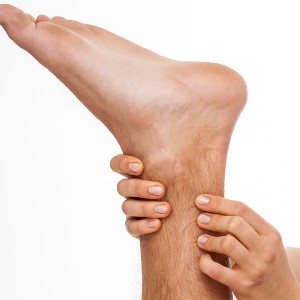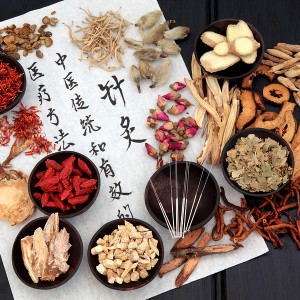Acupuncture has become increasingly visible in mainstream media over the past decade, with growing coverage and interest in its potential benefits and integration into healthcare. Several factors have contributed to the integration of acupuncture into mainstream media: Scientific Research: As scientific studies on acupuncture have gained momentum, more media outlets have reported on the research findings. Studies exploring the efficacy of acupuncture for various conditions, such as pain management, nausea, and fertility, have garnered attention. Media coverage of these studies has helped legitimize acupuncture as a subject of interest and discussion. Celebrity Endorsements: Influential celebrities, including actors, athletes, and musicians, have publicly endorsed acupuncture and shared their positive experiences with the therapy. Their openness has generated media attention and sparked curiosity among the general public. Celebrities’ testimonials and endorsements have contributed to the popularization of acupuncture and its portrayal in mainstream media. Integration into Conventional Healthcare: Acupuncture has increasingly gained […]



